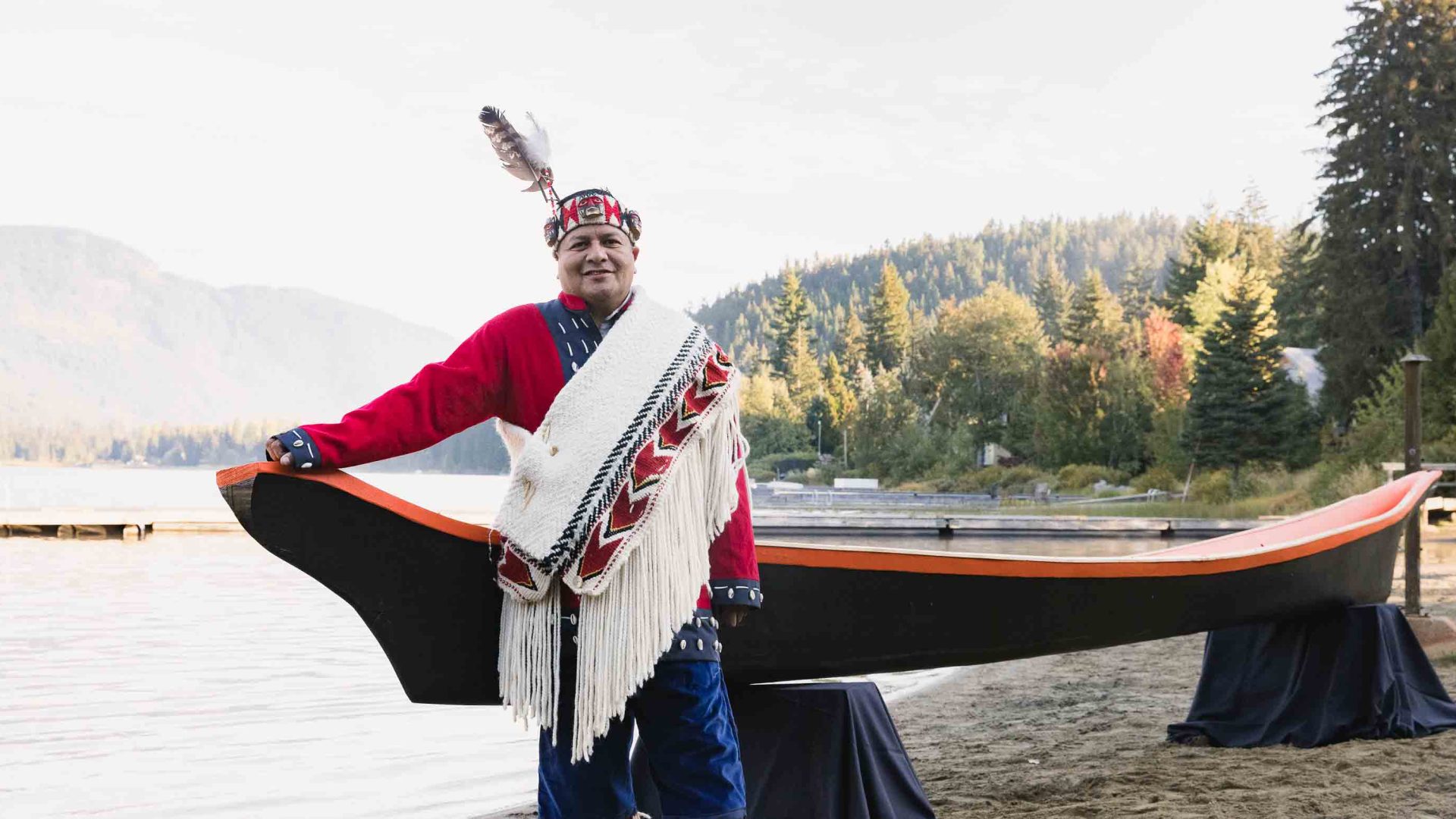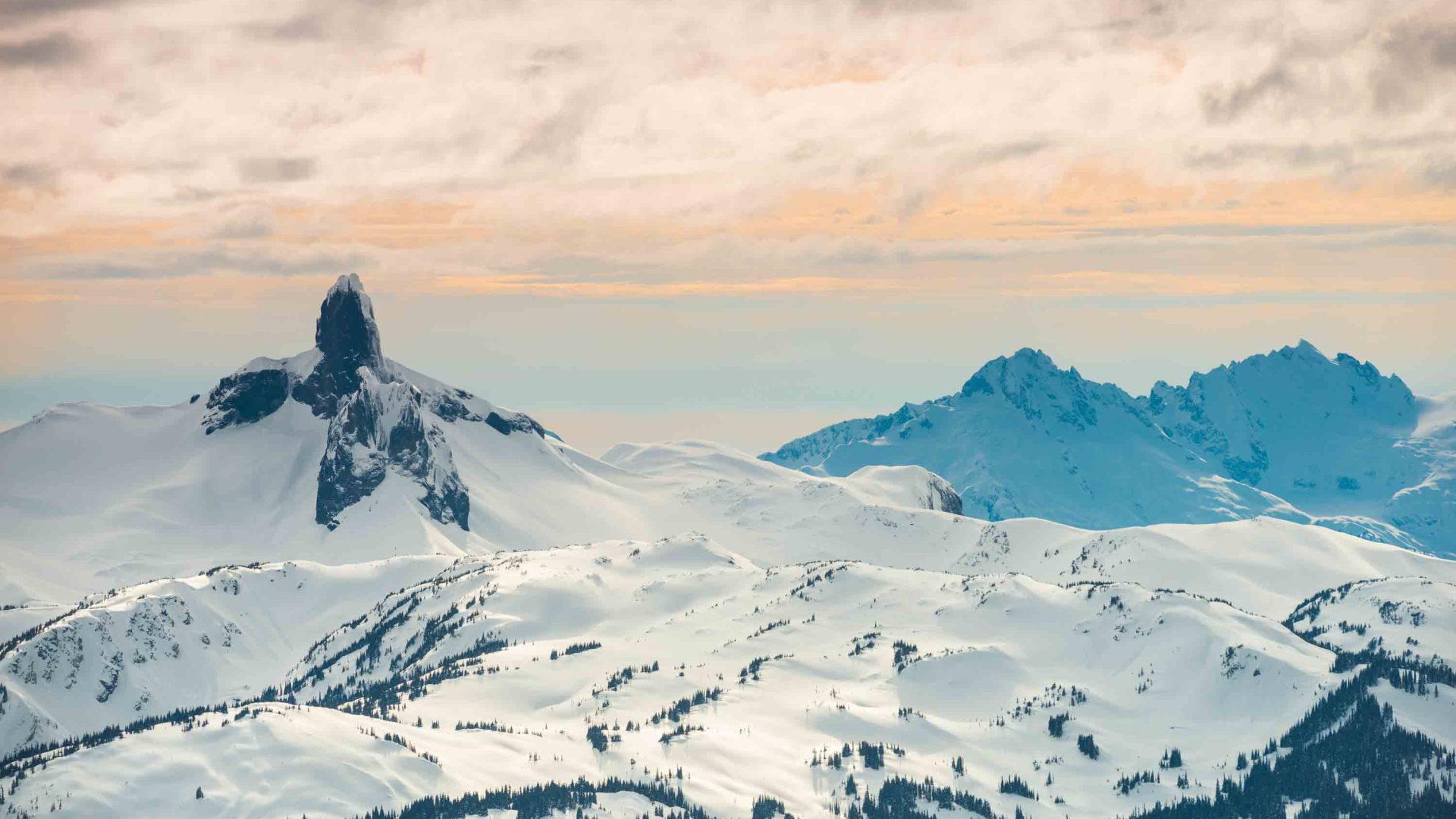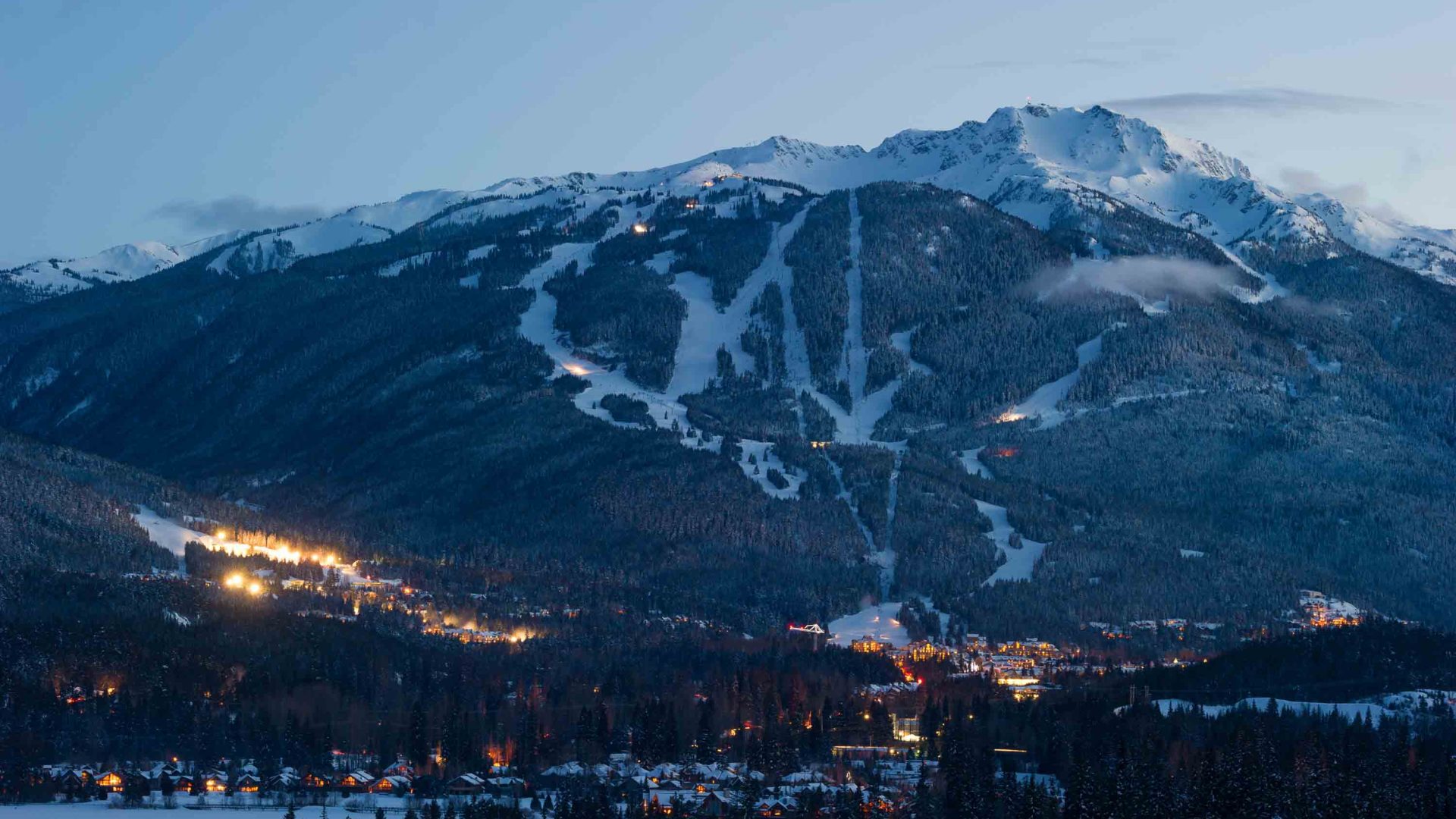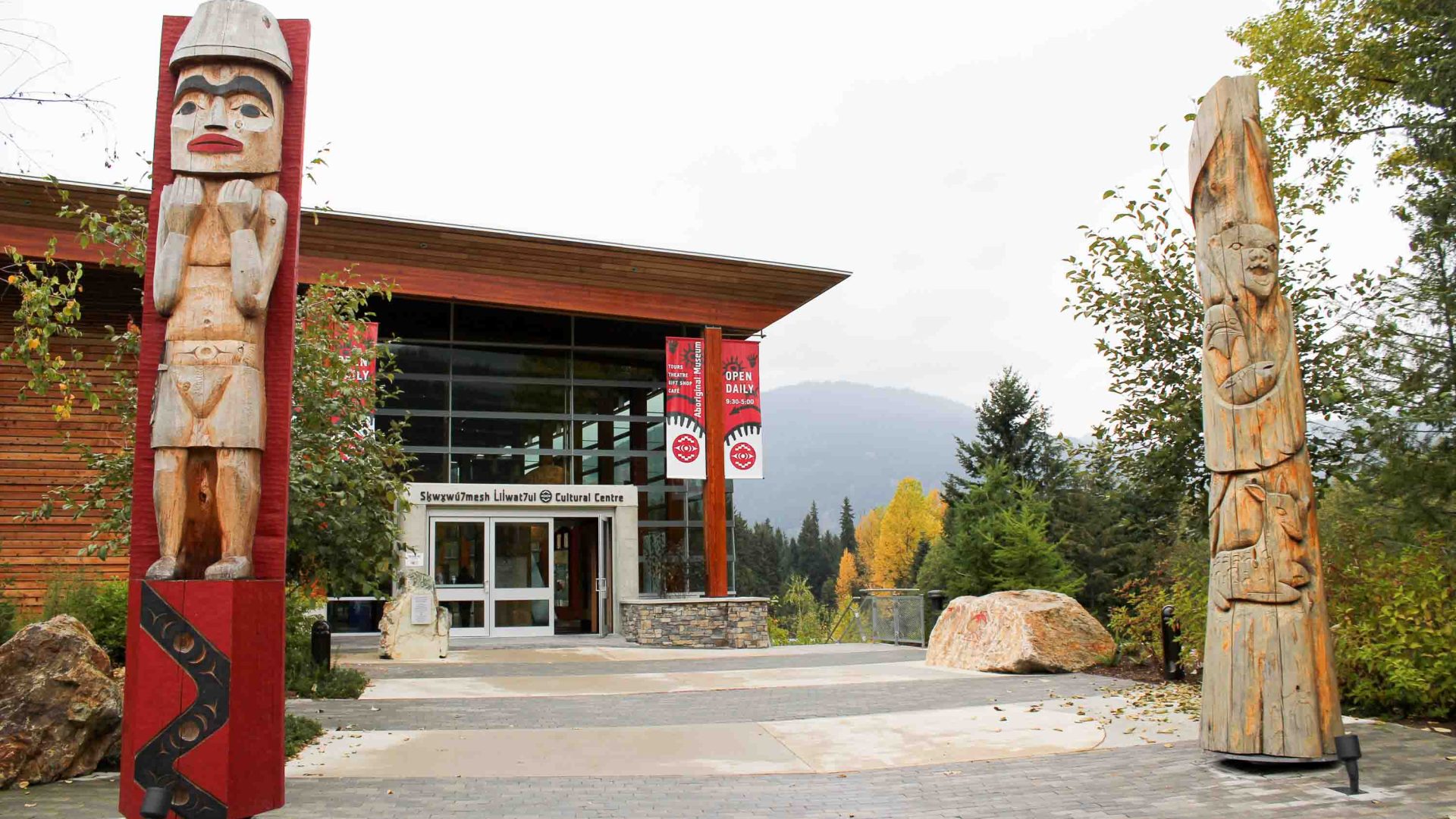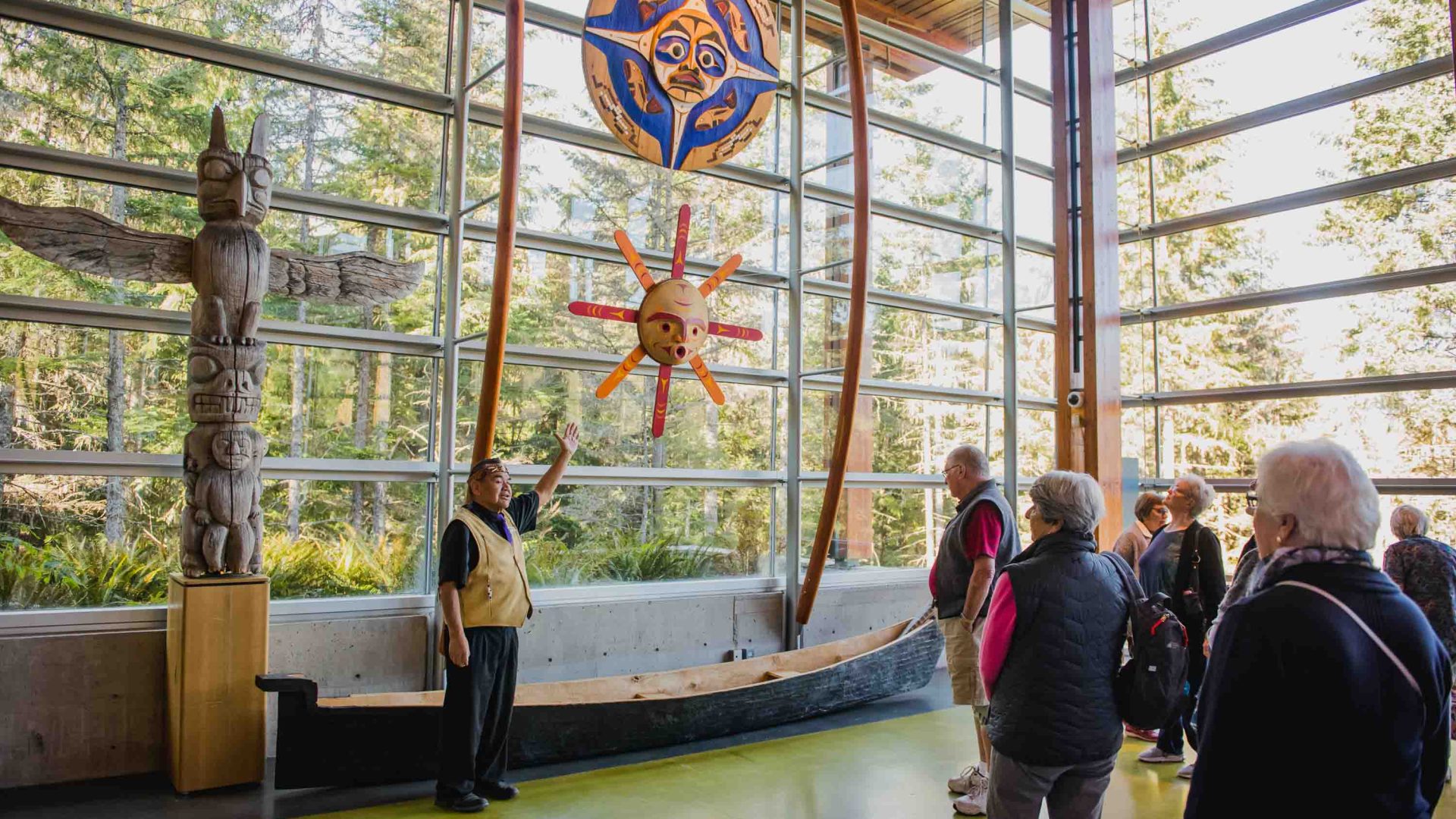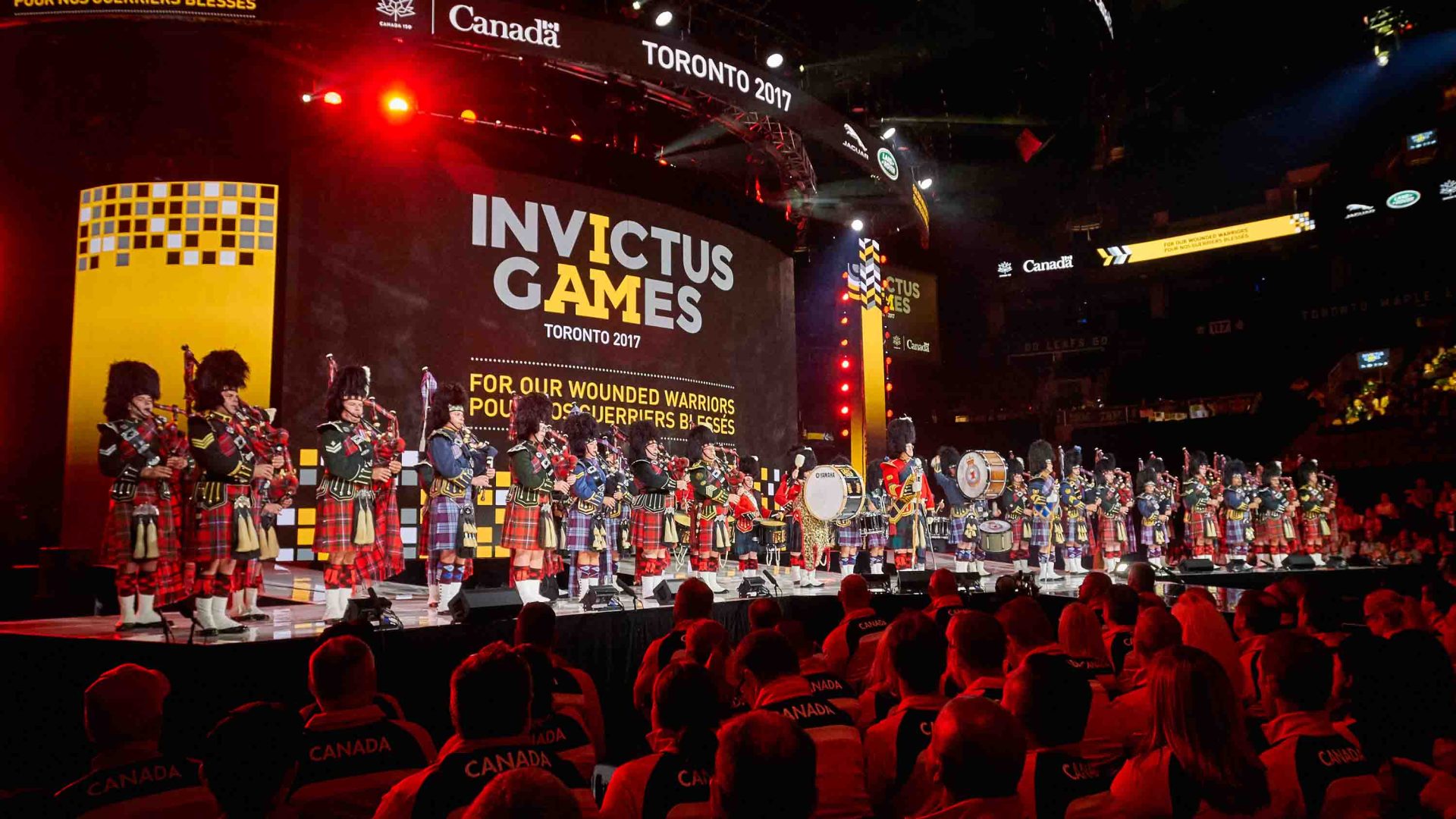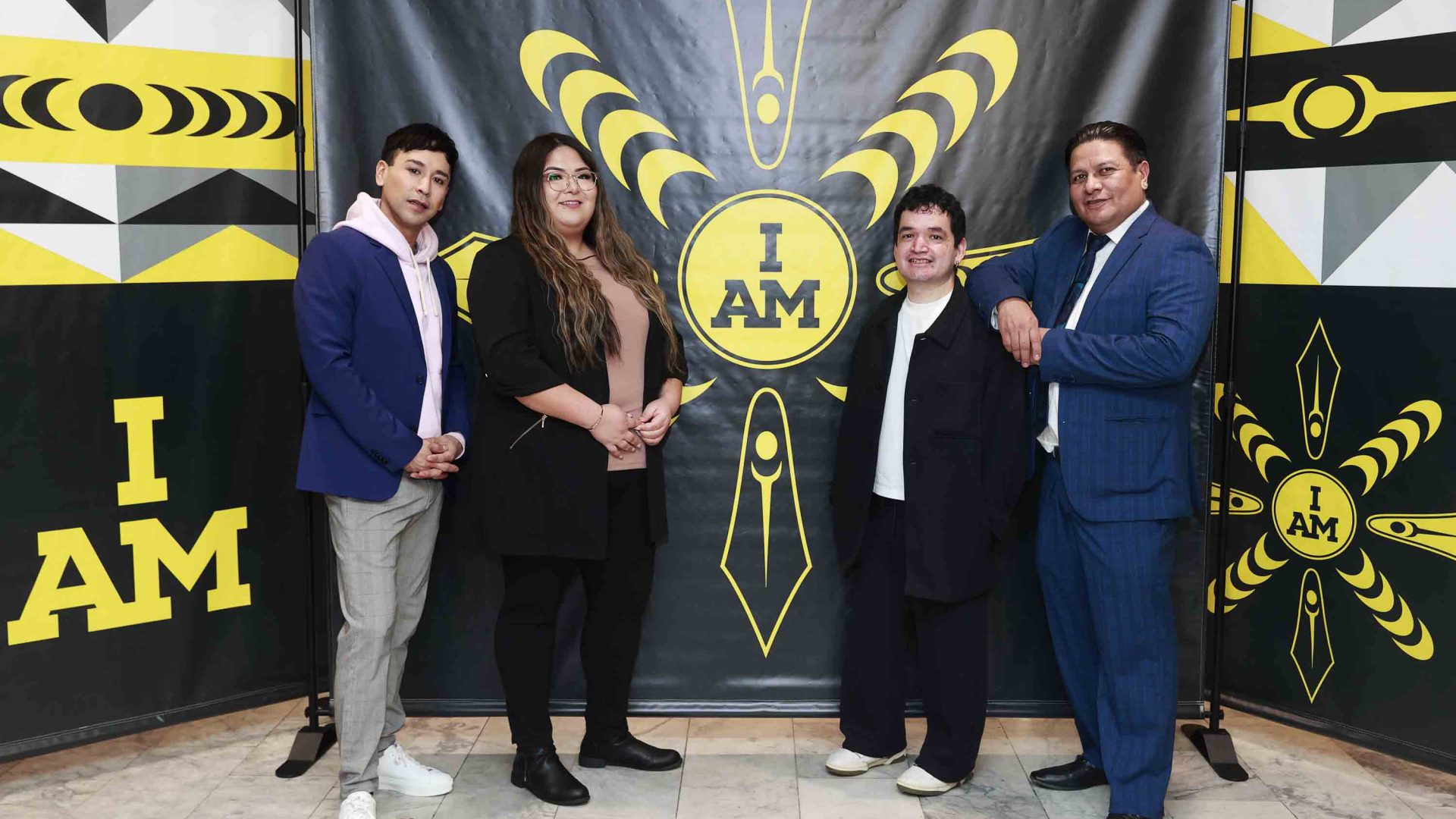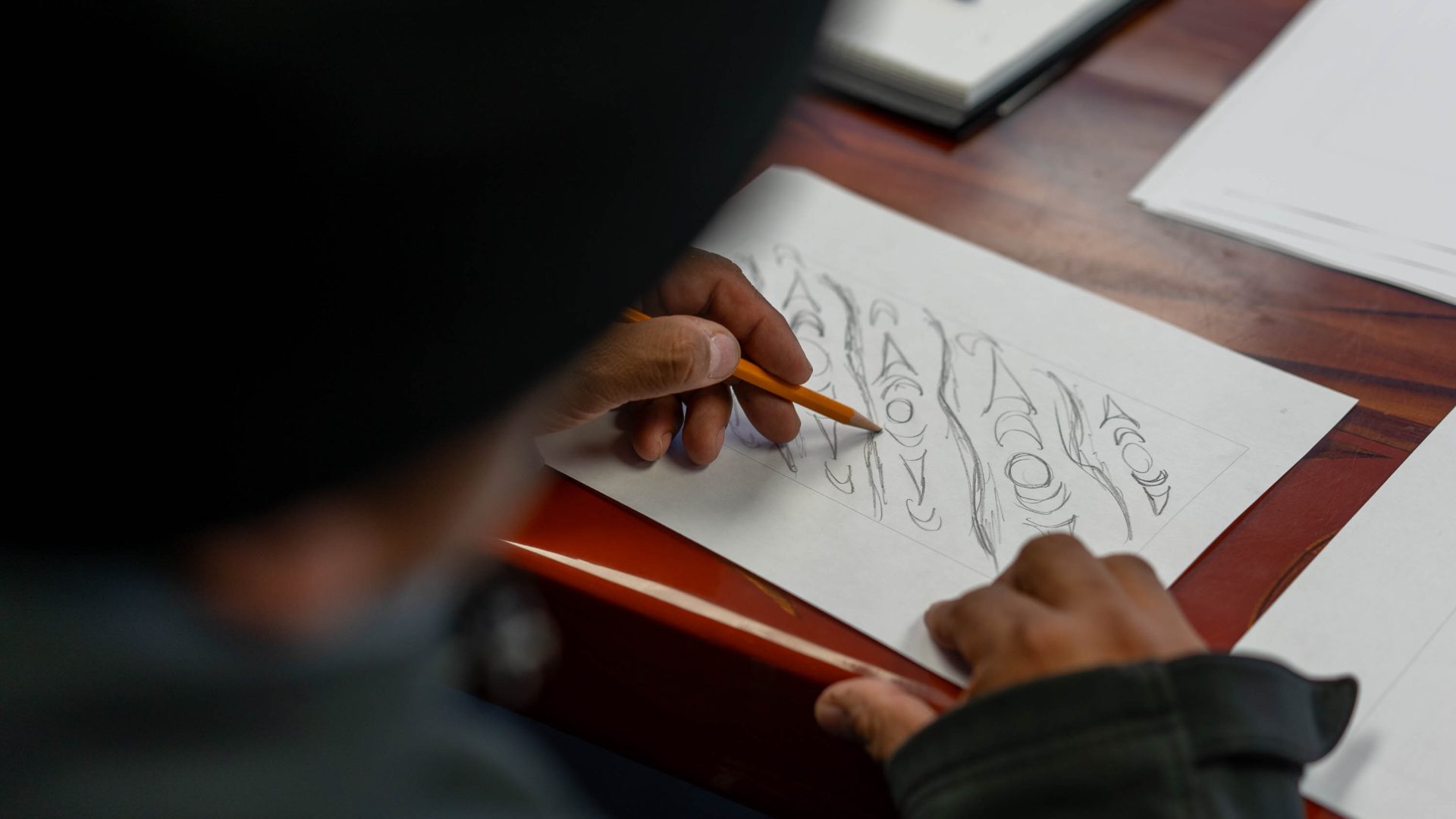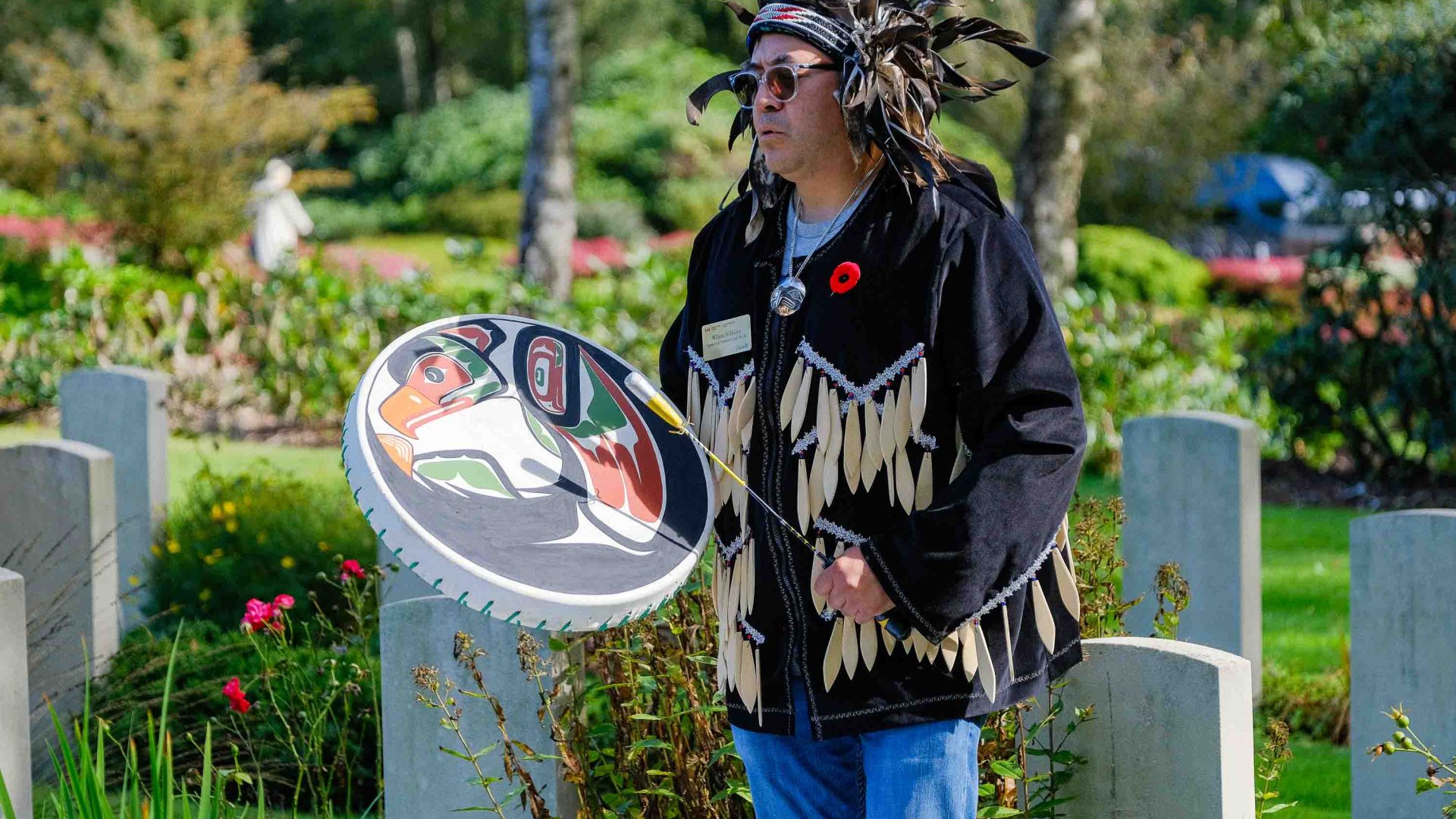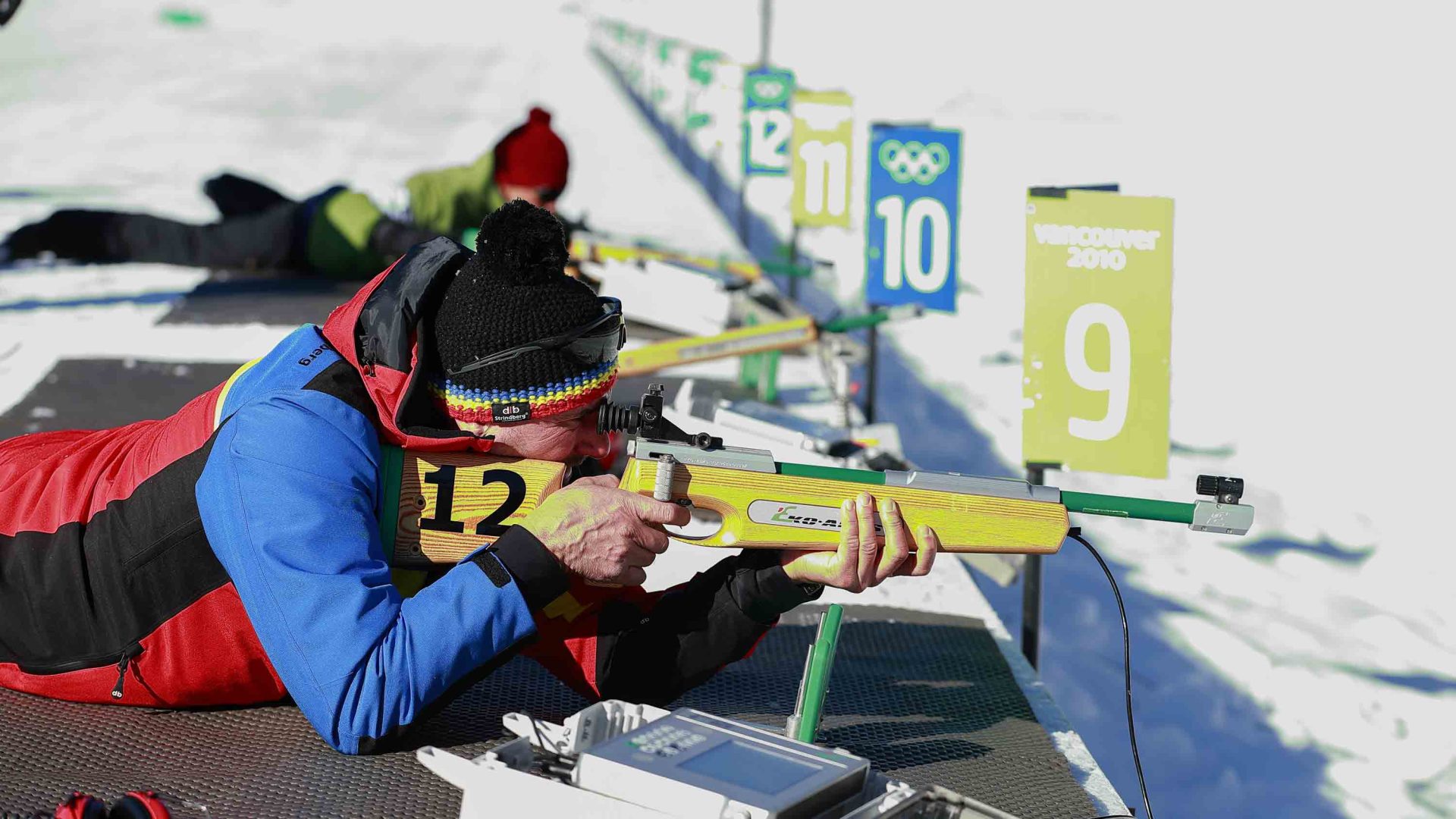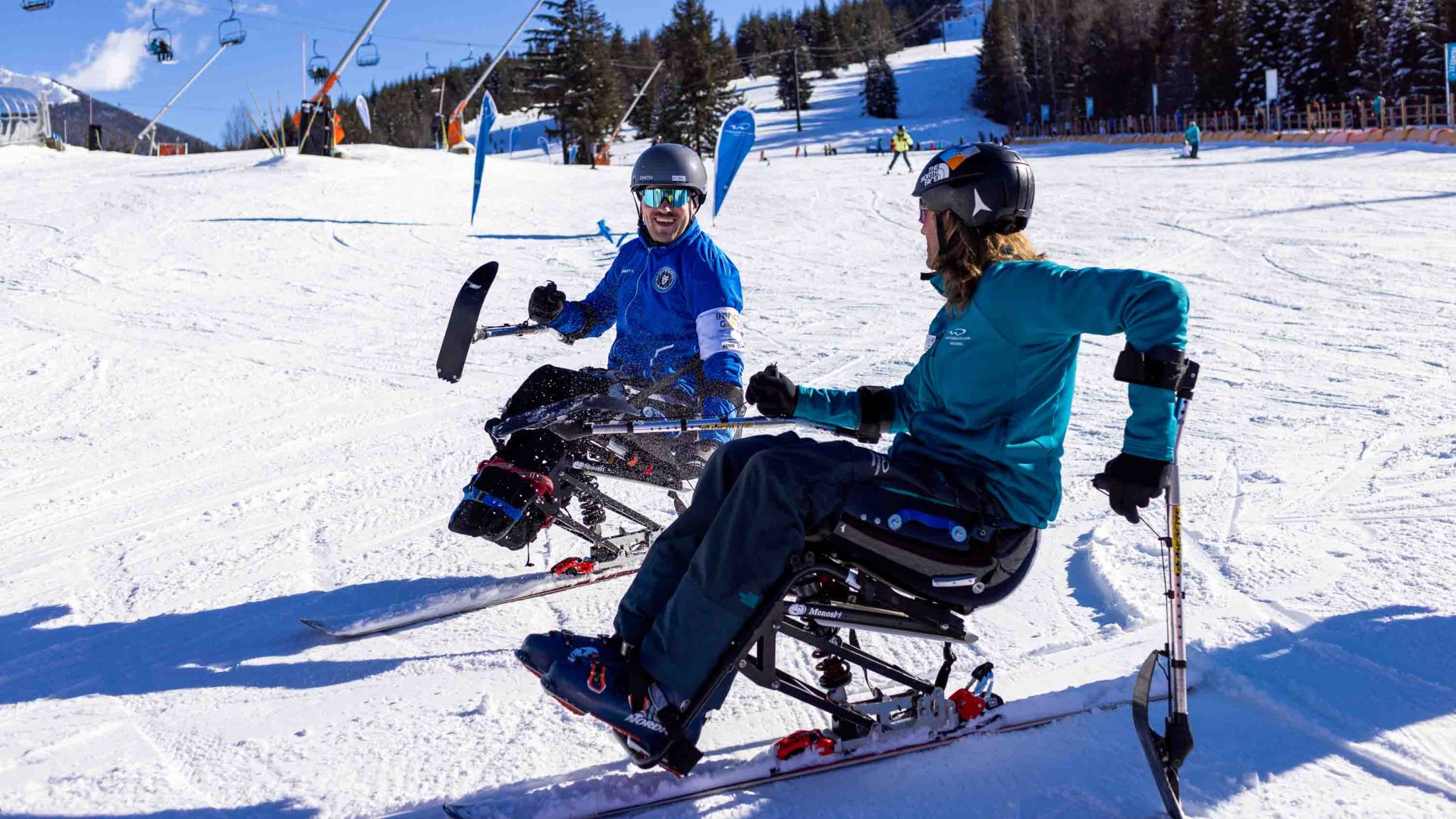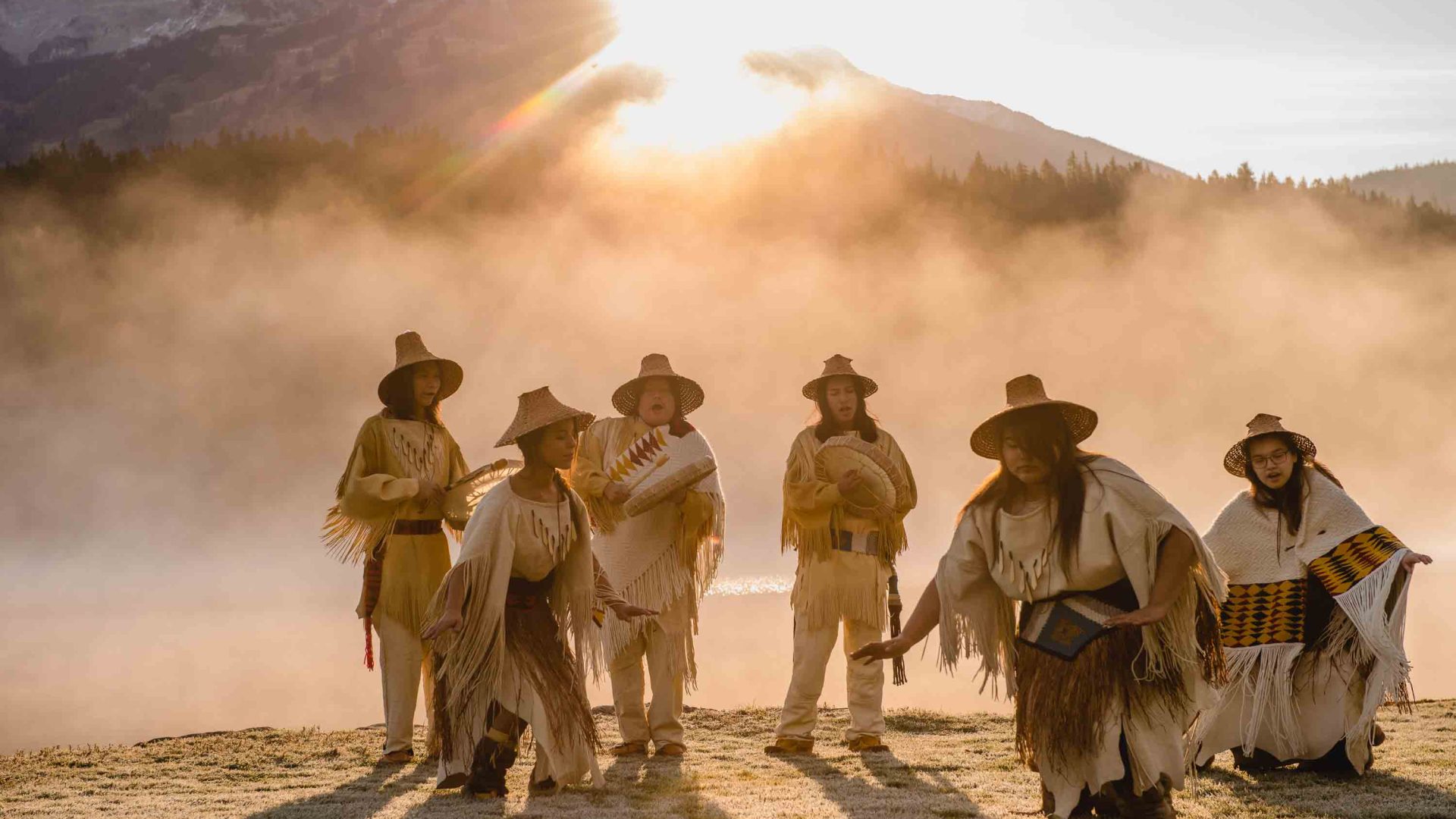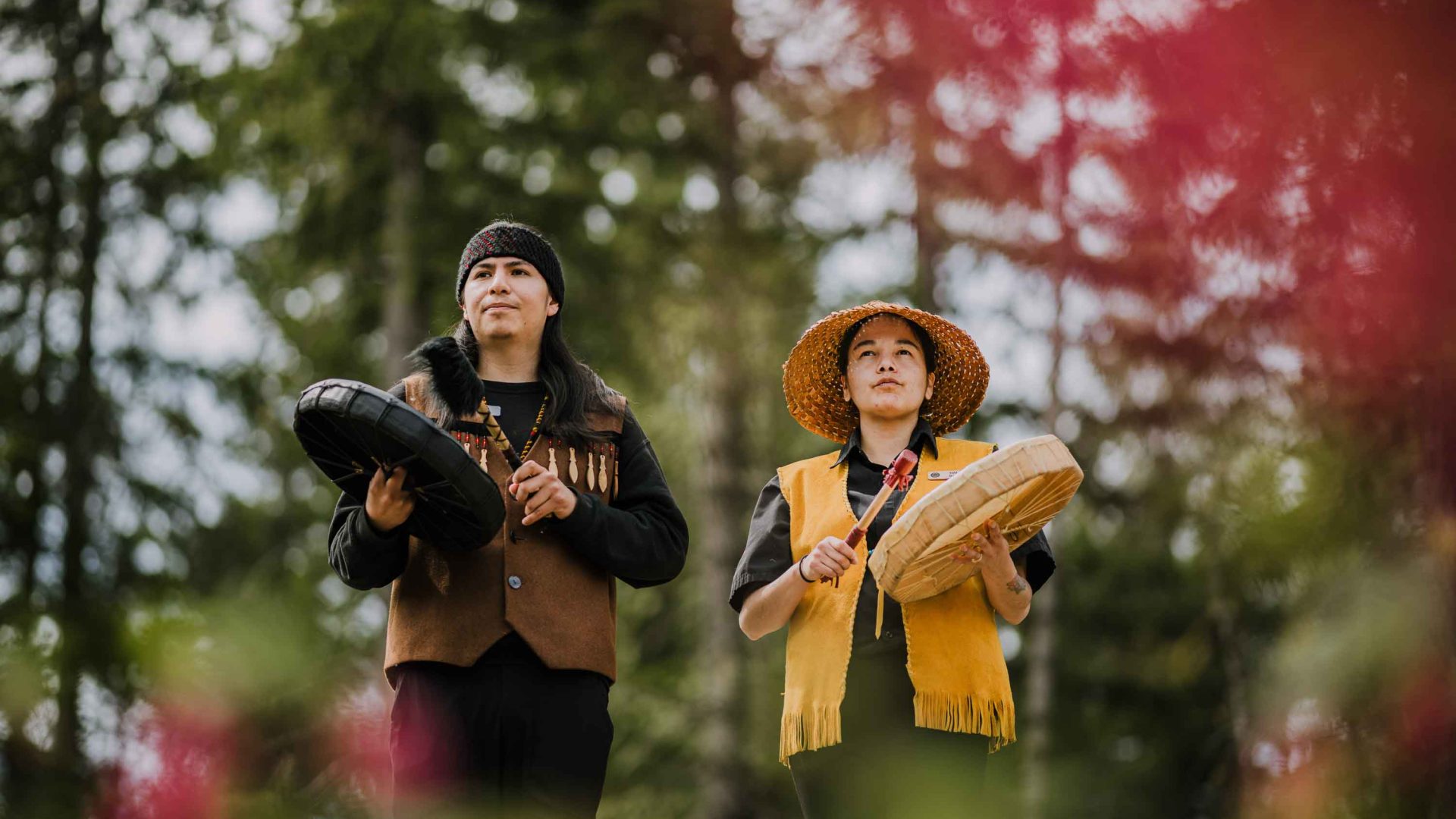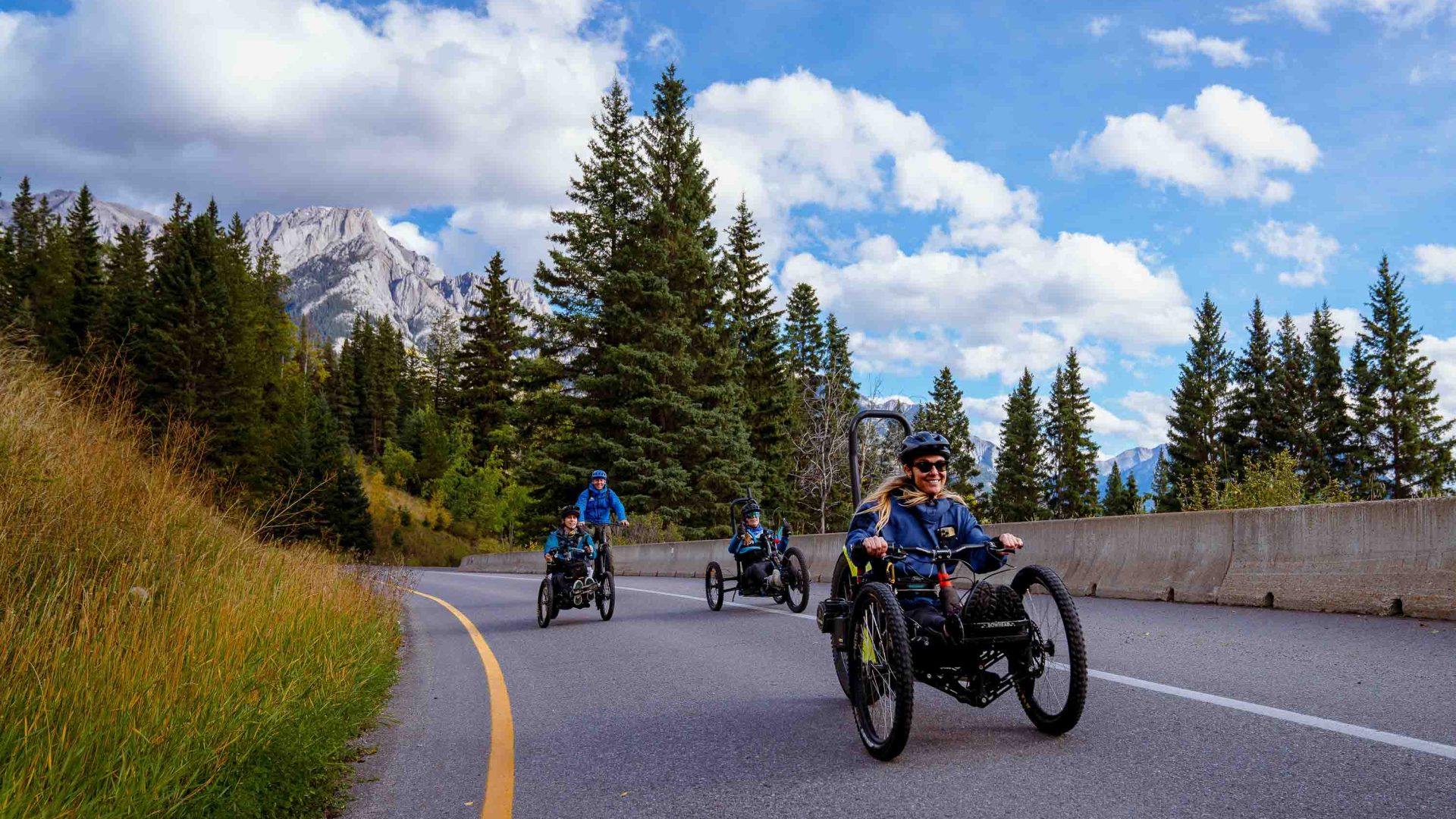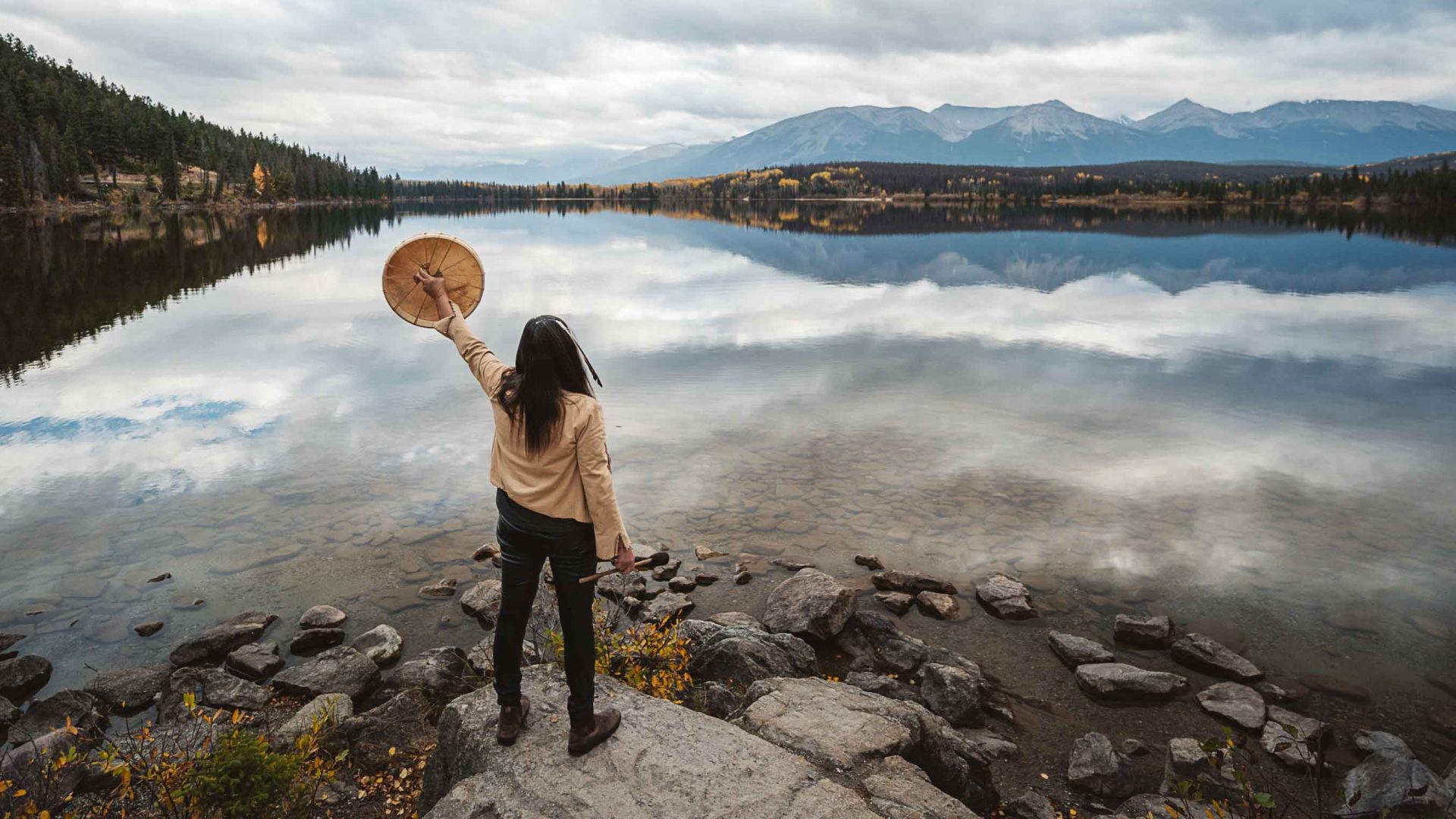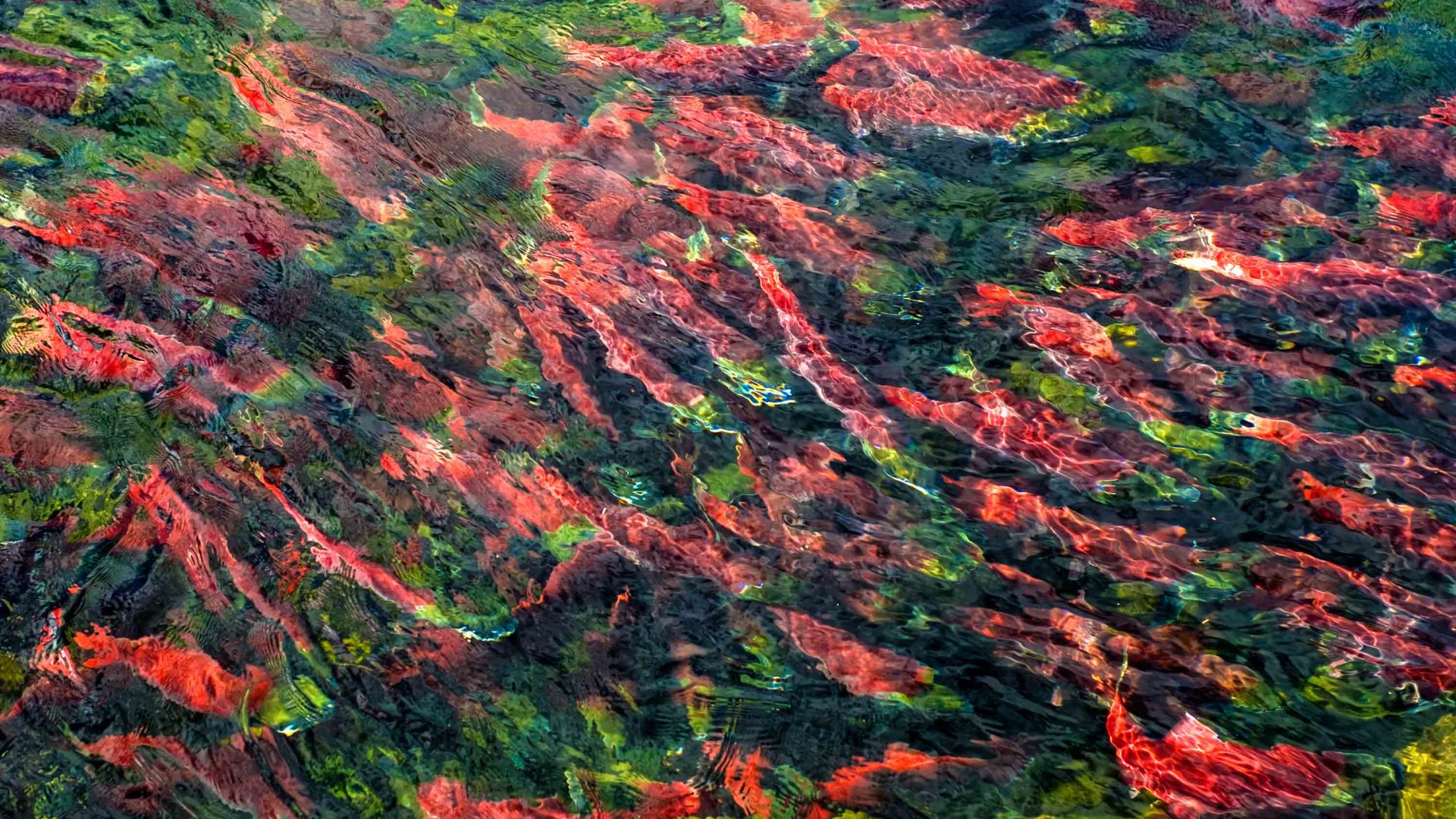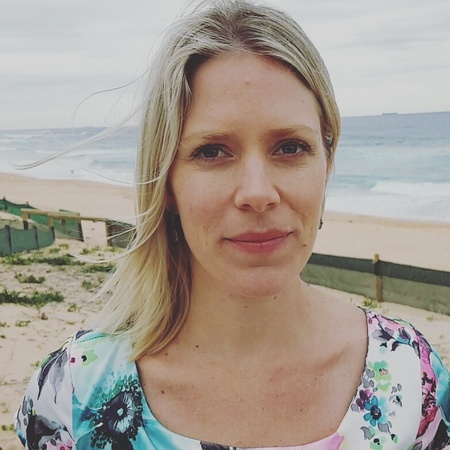The jagged volcanic peak of Black Tusk looms over British Columbia’s Sea to Sky Highway, a scenic route that winds through ancient territories of four of Canada’s First Nations. As our driver navigates the serpentine road from Vancouver to Whistler, his soft Canadian tones weave tales of the landscape’s mythological guardian, In’inyaxa7n—the Thunderbird—with lightning flashing from its eyes and wings that create rolling thunder.
Black Tusk stands sentinel at the heart of the great flood myth shared by many of the First Nations of British Columbia when Wexés, the frog, fell from the claws of of Sk’ewk, the raven. Flailing as he fell, Wexés punctured the clouds, causing torrential rain that flooded the lands. The journey traces a path through traditional lands, from the Musqueam (xʷməθkʷəy̓əm) and Tsleil-Waututh (səlilwətaɬ) territories near Vancouver, into those of the Squamish (Sḵwx̱wú7mesh) and Lil’wat (Lil̓wat7úl) nations.
I had come to Whistler and Vancouver in advance of the Invictus Games (8-16 February 2025) of which both are host destinations. Since its 2014 London inception, the Games—which were founded by Prince Harry, The Duke of Sussex—have supported injured and ill service personnel in adaptive sports competitions.
The word ‘Invictus’ alone, meaning ‘unconquered’ in Latin, carries special resonance in these ancestral lands. I was initially skeptical about the relationship between the Invictus Games and the host First Nations of Canada and wondered just how far the connections went. Were they purely along the lines of ‘land acknowledgements’ that I’d become used to seeing at the end of beginning of films mentioning the original stewardship of the land or did this run deeper? What I discovered would challenge my preconceptions.
